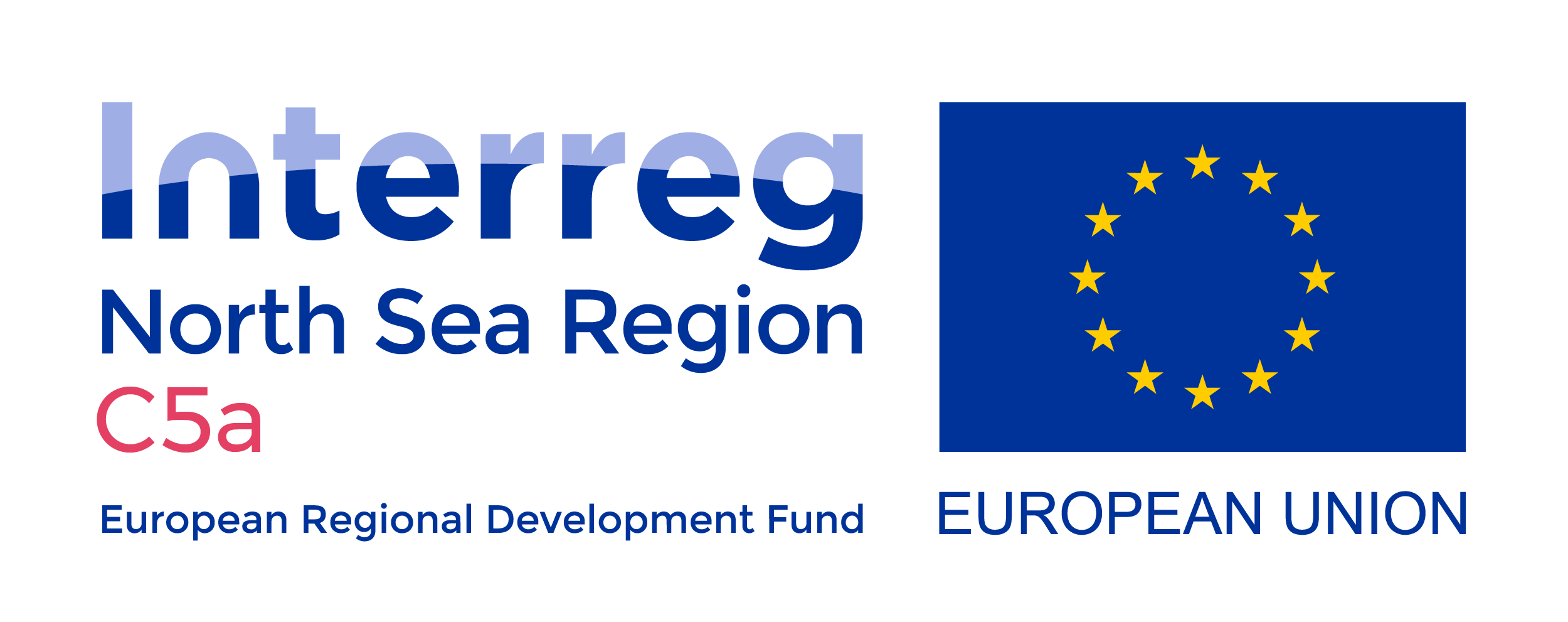Vi använder cookies för att webbplatsen ska fungera på ett bra sätt för dig. Genom att surfa vidare godkänner du att vi använder cookies.
Plan across sectors
Challenge #2:
Flood risk is dynamic in space and time
Flood risk is dynamic in space and time. These dynamics respond not only to climate change, but also to planning decisions across various sectors, like urban planning, nature conservation and agriculture. Flood risk should therefore not be considered in isolation from other water management functions. Instead, it must be addressed within the wider framework of integrated water resource management. Under this framework, the catchment must be considered as a dynamic system in which the land, surface water and groundwater interact. There is a need for knowledge integration platforms to help understand these interactions.
Policy recommendation #2
Resilient society outcomes are best supported by collaborative approaches that contribute across sectoral perspectives. Emphasis should be on proactively reaching out across sectors to seek solutions that provide benefits to meet multiple needs and can be adapted as the reality of the future becomes known. Whole-system shared models and open platforms to share objectives, concerns and ideas are necessary to enable organisations to span boundaries between and fit with multiple sectors. They provide key support in finding solutions spanning multiple sectors.
Looking beyond dykes and administrative boundaries

Netherlands
Coevorden
The water storage areas around Coevorden are part of the catchment area of the river Vecht. In the Vecht catchment, the dykes downstream no longer meet safety requirements in response to a changing climate. The collaborative process merged the knowledge on interventions at different spatial scales. Instead of just looking at reinforcement measures for the dikes, the “Safe Vecht” project is looking at which measures upstream, such as a floodplain, can contribute to increasing safety. These water system measures ensure a lower water level or a shorter high water duration in the river Vecht and thus lower the load on the dikes. In addition, the project examines the extent to which objectives of other sectors – like urban planning, nature conservation and agriculture – can be realised with these measures. The project is executed as a collaboration across administrative borders between the water boards, provinces and municipalities involved (each with their own perspective).
Learning about the perspectives of other sectors

Sweden
River Klarälven
In Klarälven, the C5a workshops have brought many stakeholders together to discuss their ambition and concerns in addressing climate change impacts on the river and the sectors that depend on the river. The workshops led to stakeholders gaining new knowledge on threats and opportunities and a new insight that much of their work is connected. Tangible changes in perspective emerged from this collaborative process. There is now broad recognition of the advantages to using a whole-system approach. New types of measures that are more multi-functional were identified and discussed for the first time. The stakeholders who participated in the C5a workshops testified to the benefits they observed from the process, particularly when it comes to social or governance aspects.
